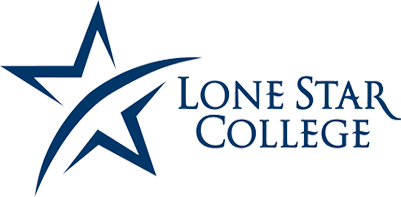The Client

Lone Star College System (LSCS) is a public community college system serving the northern portions of the Greater Houston, Texas, area. With "more than 83,000 credit students each semester, and a total enrollment of 95,000 students," Lone Star College System is the largest institution of higher education in the Houston area, and the fastest-growing community college system in the United States.
The Challenge
With over 70,000 students and employees, Lone Star College System (LSCS) owns and operates over 30,000 IT assets. Each of the community college’s five campuses and seven satellite centers was responsible for tracking its own equipment, including laptops, projectors, servers and switches. Many of the locations utilized Access databases or Excel spreadsheets for managing assets.
Relying on a manual asset tracking solution created multiple problems for technology managers and administration. Without a centralized database, it was difficult to locate specific IT assets.
The LSCS Vice Chancellor and CIO, Shah Ardalan, made having complete and accurate data a priority and increased technology management accountability system-wide. An asset management system was necessary to effectively track equipment lifecycles.
Since many of the college’s campuses used different methods for tracking assets, consolidating the results of each location’s audit was time-consuming and prone to human error. When it was time to perform audits of IT assets, a team of 100 technicians and student employees spent up to three months finding and documenting the location of equipment.
The Solution
“Tracking assets and equipment age across numerous campuses was arduous. We needed a standardized process that was simple to implement and would decrease the complexity of asset tracking and audits,” said Nishae Brooks, a System Administrator for Lone Star College System. Link Alander, LSCS’s Associate Vice Chancellor of Technology Services, led the search for a solution. Alander selected Wasp's asset management software, a software package that automates the asset management process.
In the search for a more efficient way to manage valuable IT assets, the college tried a competing software package before adopting Wasp's asset management solution. “The other software cost twice as much as the Wasp system and was not the best match for our needs,” Brooks said.
Wasp's asset management software helps customers who are ready to transition from static spreadsheets and paper-based methods of asset tracking, which provide little real support for busy IT managers.
In the summer of 2008, a project was established to transition all campuses to Wasp's asset management software. After installing the software, the IT department developed a standardized naming convention for assets and locations. They then populated the software’s database with detailed information about each asset, including purchase date, price, purchase order and location. Assets are individually tagged using pre-printed tags. When the barcode on a particular asset is scanned, users can immediately access relevant information – most importantly, location. Of even greater value is Wasp's asset management software's SQL foundation, which allows integration with LSCS’s ERP and asset management tools.
The Result
Wasp's asset management software enables the college to keep timely, accurate asset counts. The audit process is simple and efficient, requiring just three part-time student workers per location to conduct the audit.
“Wasp's asset management software is ideal for our environment,” Brooks said. “The software is easy to use and maintain, which is vital since many of our employees are students and turnover is common. Wasp provides free, online training, minimizing the learning curve and training preparation.” Additionally, the software provides immediate access to information system-wide, with 100% accuracy. Having one standard process for tracking assets has significantly enhanced efficiency.
